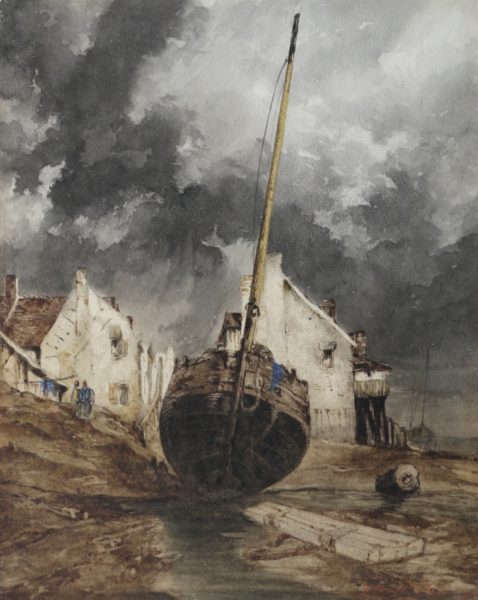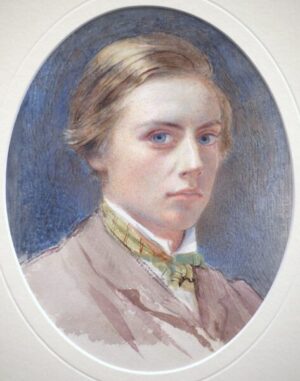Stark, James (1794-1859)
James Stark was born on 19th November 1794, the youngest son of a successful dyer, whose family originally came from Fife, Scotland. Whilst attending Norwich Grammar School Stark became friendly with John Berney Crome (1794-1842), the eldest son of John Crome (1768-1821), later known as 'Old Crome', who was, without doubt, the most important and influential member of the Norwich School of painters. Stark became a pupil of Crome in 1811 for three years before moving to London and enrolling at the Royal Academy School in 1815. By 1818 his ability won him a prize from the Directors of the British Institution, who awarded a similar prize to Sir Edwin Landseer. After his marriage in 1821, Stark lived in Yarmouth before moving back to Norwich where his son Arthur James Stark (1831-1902) was born, who also later became a fine landscape artist. Between 1827 and 1834 Stark worked on a series of views on Norfolk rivers, which was published as a volume of etchings produced by several engravers.
After the sudden death of his wife in 1834, Stark moved back to London and then to Windsor in 1839 where he remained for the next ten years, before returning to London so his son could attend the RA School. His health was not good and he was cared for by his son until his death at his lodgings in Norfolk Street, the Strand on 24th March, 1859.
Although the quality of Stark's work was relatively consistent throughout his life, it is generally thought that his most beautiful paintings were his earlier works, painted whilst the influence of his master John Crome was still strong and depicting the Norfolk landscape he held so dear. He was especially renowned for the trees in his paintings, with considerable impasto and texture used on the trunks and branches, complimented by delicate and detailed foliage. Stark's later works, often referred to as his 'Windsor period' are often more thinly painted with feathered brushwork. In common with many Norwich School painters, figures and animals are intentionally subordinate to the general effect. Stark believed that his hand was so unmistakable that he seldom signed his paintings. Stark was a prolific and successful exhibitor of his work in his lifetime and was patronised by many leading collectors of the day.
Exhibited : Royal Academy, London 1811-1859 (68 exhibits); British Institution, London 1814-1859 (131 exhibits); Society of British Artists, Suffolk Street 1824-1848 (54 exhibits) ; Norwich Society of Artists
Museums : Victoria & Albert Museum, London, Tate Gallery, London Edinburgh, Glasgow, Manchester, Norwich, Nottingham, SheffieldMontreal, Metropolitan Museum, New York



